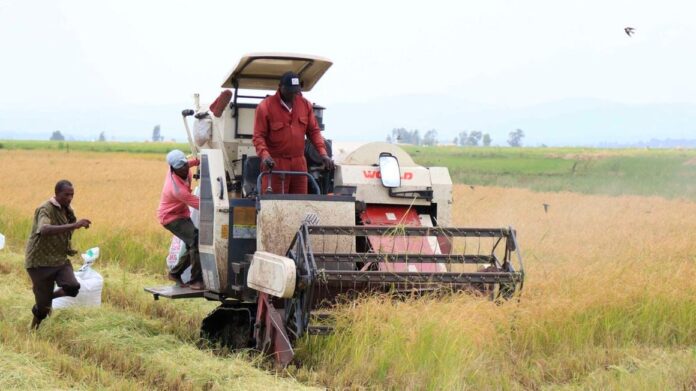Rice production in Mwea in Kenya’s Kirinyaga County has endured for decades, banking on the waters of the upper Tana catchment.
And as is tradition, every December farmers are busy harvesting rice at the Mwea Irrigation Scheme (MIS), the source of 84 percent of all rice produced in Kenya.
It has been this way since 1950 when the colonial government first established the scheme using cheap Mau Mau labour.
Yet there is a problem. The 30,000-acre scheme (with a gazetted irrigation area of 25,000 acres) – and other irrigation schemes across the country, including Bura, Ahero, and in Budalang’i – cannot meet the Kenyan demand for rice. The balance has to be imported, mostly from Pakistan.
According to Dr Mary Mutembei, the head of the Rice Promotion Programme at Kenya’s Ministry of Agriculture, rice consumption in the country has nearly doubled to 23kgs per person per year from 12kgs per person per year in 2008.
“We’re importing heavily to plug this deficit. Kenya spends about Ksh25 billion ($200 million) per year on rice importation. Yet we’ve got a very big and unexploited potential towards self-sufficiency,” she told The EastAfrican last week.
On average Kenyans consume 720,000 metric tonnes of rice annually against a production capacity of less than 100, 000 metric tonnes. It is estimated that this year Kenya will import 640,000 metric tonnes of rice to meet demand.
Under the national rice development strategy (2019-2030), Kenya hopes to increase the area under rice to meet at least 80 percent of local demand by expanding the scheme at Mwea.
The government has already allowed an additional irrigation area of 10,000 acres on trial basis, outside of the gazetted area of the scheme. More on theeastafrican




